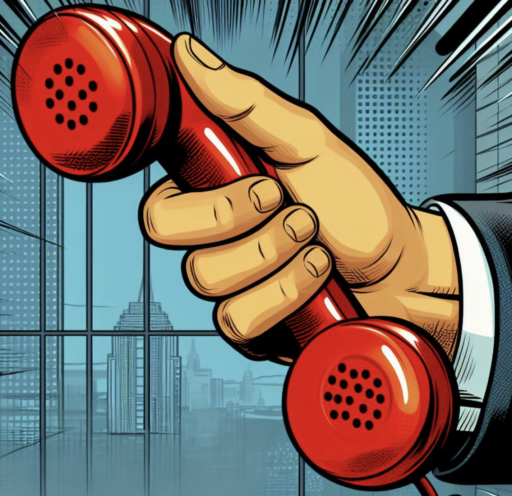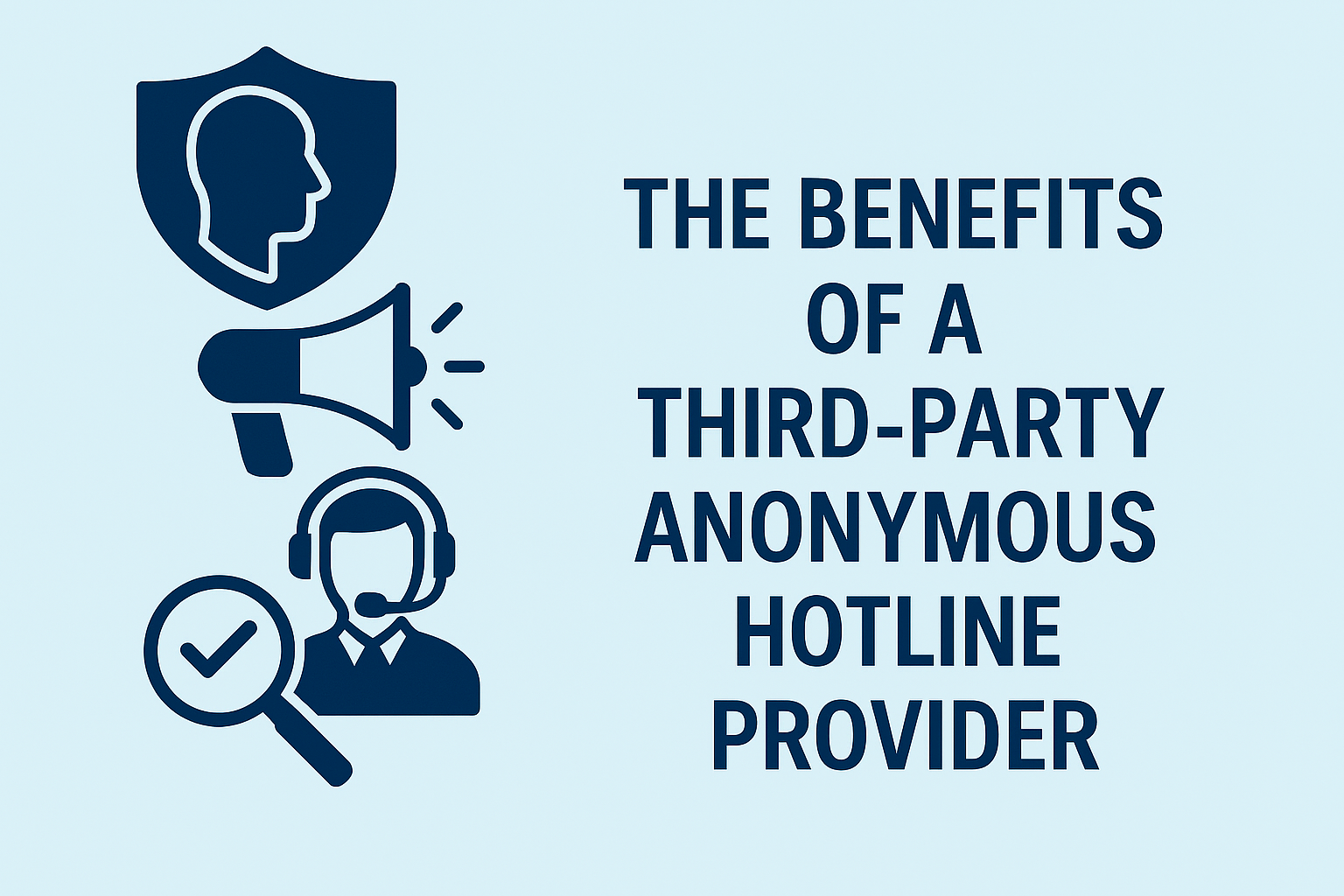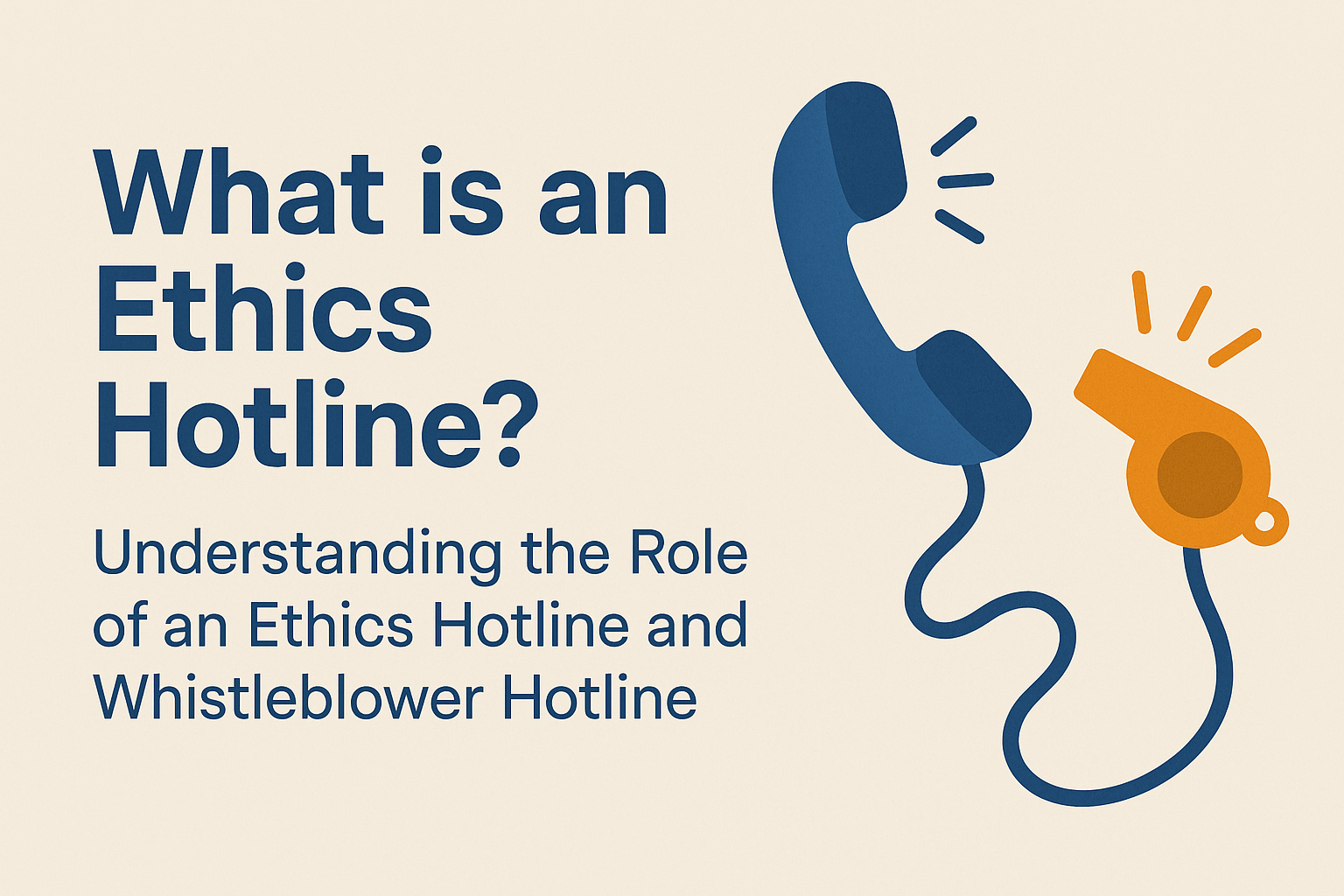Ethics Hotline Use
The Association of Certified Fraud Examiners recently published its biennial Report to the Nations, a global study on occupational fraud and abuse. The publication reports the latest trends in fraudulent activity, detection methods, characteristics of victim organizations and perpetrators, and the results once fraudulent activity is uncovered.
The 2020 Report to the Nations is a metanalysis of 2,504 fraud cases across the globe, which were investigated between January 2018 and September 2019. As with past its past reports, the current report contains compelling findings relating to the use of hotlines in fraud detection.
The study confirms the benefit of targeted anti-fraud controls stating, “the presence of anti-fraud controls is associated with lower fraud losses and quicker detection.” It reports that ethics hotline use and anti-fraud policies have increased by 13 percent in the last decade, but this is a small growth given that “a lack of internal controls contributed to nearly 1/3 of frauds.” When specifically studying the use of hotlines and reporting mechanisms, it was found that “maintaining a hotline or reporting mechanism speeds up fraud detection and reduces losses.”
This was supported by the fact that organizations without hotlines lost a median of $198,000 from fraud while those with hotlines only lost a median of $100,000. Additionally, organizations with hotlines detected fraud after a median of 12 months compared to 18 months for organizations without hotlines. A summary of hotline specific findings from Report to the Nations is listed below.
- 43% of fraud detection came from tips. The second most effective method, internal audit, found only 15% of cases. Also of interest is that 50% of tips came from employees while the second most common source, customers, accounted for only 22% of tips.
- Organizations with hotlines found 49% of their cases via tips. Those without hotlines found only 31% of their cases via tips.
- Median loss was almost doubled at organizations without whistleblower hotlines.
- Fraud was detected faster in organizations that used hotlines.
- The top 3 reporting mechanisms for whistleblowers were telephone hotlines (33%), email (33%), and online platforms (32%), demonstrating the importance of providing multiple channels for submitting tips.
- Tips were more likely to be submitted through a reporting mechanism if anti-fraud training has also been provided.
- Hotline use has increased by 13% in the last decade.
Learn to inspire hotline usage here.
Reach Us
Red Flag Reporting
P.O. Box 4230, Akron, Ohio 44321
Tel: 877-676-6551
Fax: 330-572-8146




